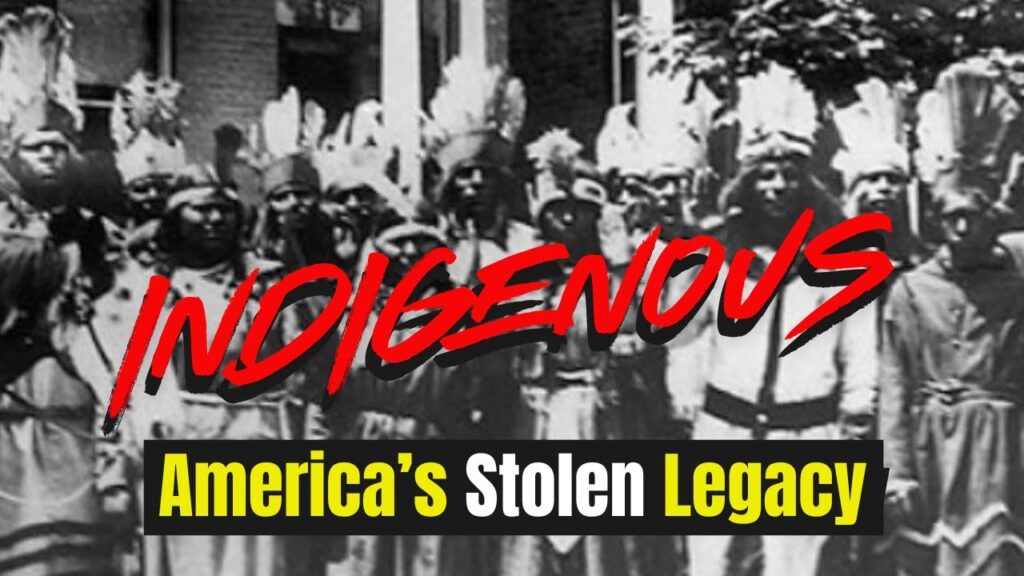Are We Moors, Hebrews, or Indigenous?
(BALTIMORE – October 12, 2025) – Call it cognitive dissonance—the tension we feel when new information collides with what we’ve always believed. Many of us grew up with two big narratives: that humanity’s oldest roots trace to southern Africa, and that people we call “Black” in the Americas arrived solely via the Trans-Atlantic Slave Trade. But what if the fuller story is more complicated? What if some of our families have been here far longer than our textbooks suggest—and what if many we call “descendants of slaves” are, in fact, descendants of prisoners of war from conflicts on this soil?
That question has animated our INDIGENOUS Series these past two months. I first posed it on YouTube more than a decade ago: Are we Moors, Hebrews, Indigenous—or some blend of all three? The responses keep coming. Viewers drop family names—Cherokee, Saponi, Blackfeet, Creek—and share oral histories that sound like my own: a grandmother who “was Indian,” a great-grandfather who kept careful records, a family Bible with tribal or regional clues. Whether you use “Black” or prefer “melanated,” people across the country are re-examining who they are and where their people come from.
To be clear: this isn’t about swapping one orthodoxy for another. It’s about widening the lens and asking better questions. Archaeology, anthropology, and local archives offer many threads—from monumental architecture and hemispheric trade routes to artistic traditions and burial practices. Some claims live in legend and should be labeled as such; others are documented and deserve attention. Either way, families are reconnecting dots through land deeds, church ledgers, military rolls, county courthouses, and—most importantly—the elders still with us.
Lovers of the series know the reference points: the colossal Olmec heads in Mexico, the great pyramids of the Americas, Mayan art depicting dark-skinned figures, and yes, stories like Egyptian artifacts found in “Kincaid’s Cave” in the Grand Canyon—a disputed tale that still excites people. The point isn’t to chase every rumor; it’s to resist closing the book before all of the possible research is done.
We are not simply believing what we were told. We question everything.
That is the work we do on this show—unapologetic, unrehearsed, and open-minded—with our panel: Horace the IVth, Hannibal James, Planet Wells, and our “young gun,” Mafia Shakur. We’re not gatekeepers; we’re gate-openers. We bring sources when we have them, name speculation when we don’t, and invite our audience to build their own trees—one ancestor at a time—until a clearer picture emerges.
If this stirs something in you, good. Start at home. Sit with your elders. Write down names, places, nicknames, birth and burial sites. Check church records, Freedmen’s Bureau documents, draft cards, and property maps. Cross-reference what you find. That’s not a plug for any DNA company; it’s a call to steward your own archive.
We can hold more than one truth at once: yes, the horrors of the slave trade shaped the Americas—and yes, there may also be deeper, older roots for many families here. The courage is in doing the work, following the receipts, and letting the record speak.
Tune in tonight at 8:00 PM ET for another honest round of inquiry into who we are and how we know. Watch at YouTube.com/DoniGlover—and bring your receipts: names, places, photos, and stories. The archive lives in us.

